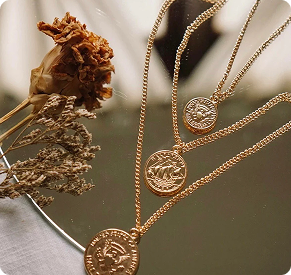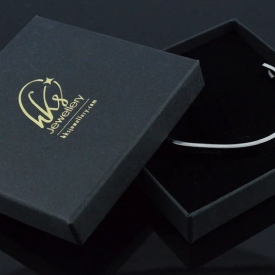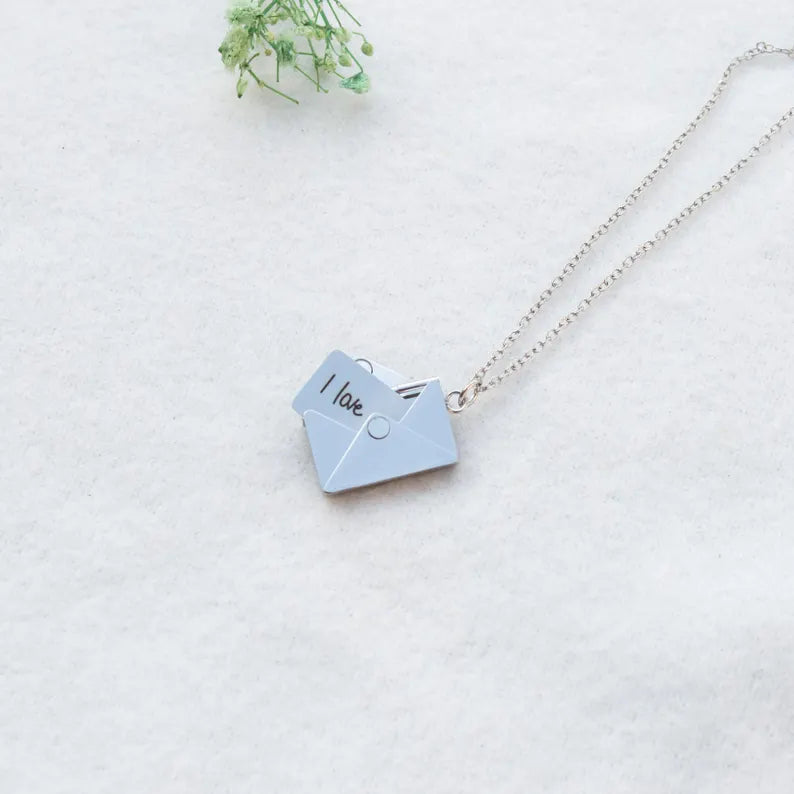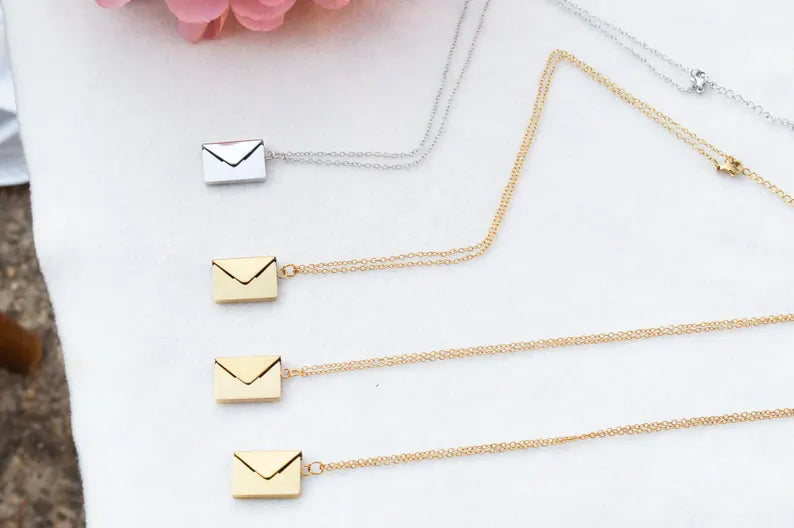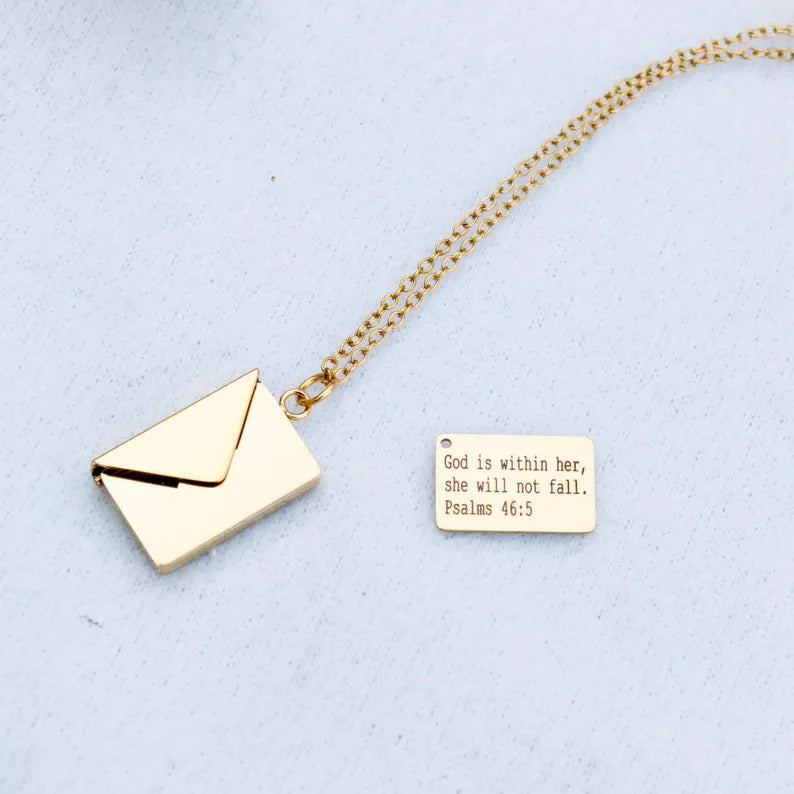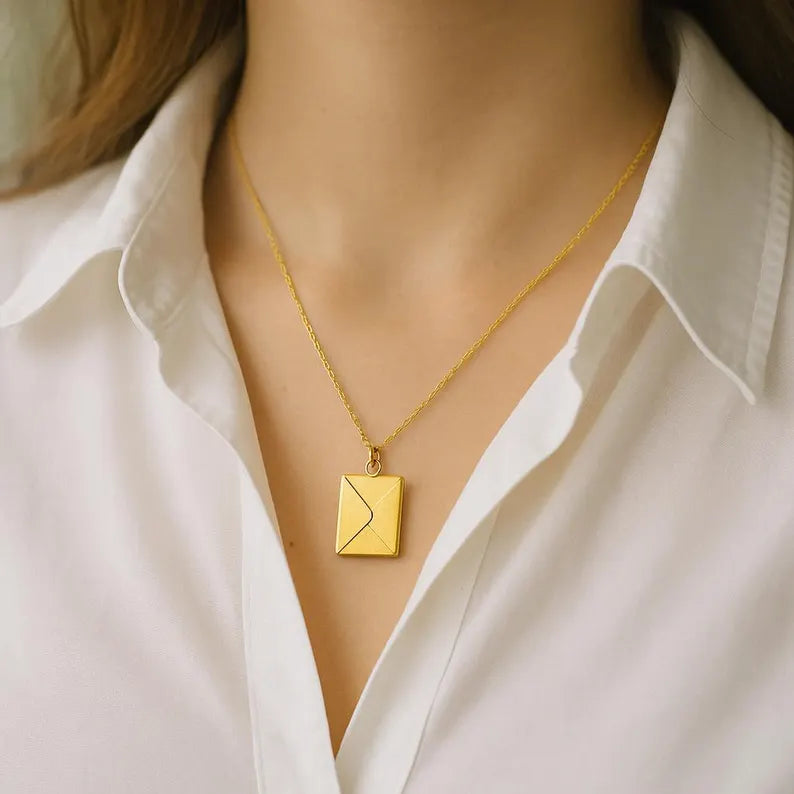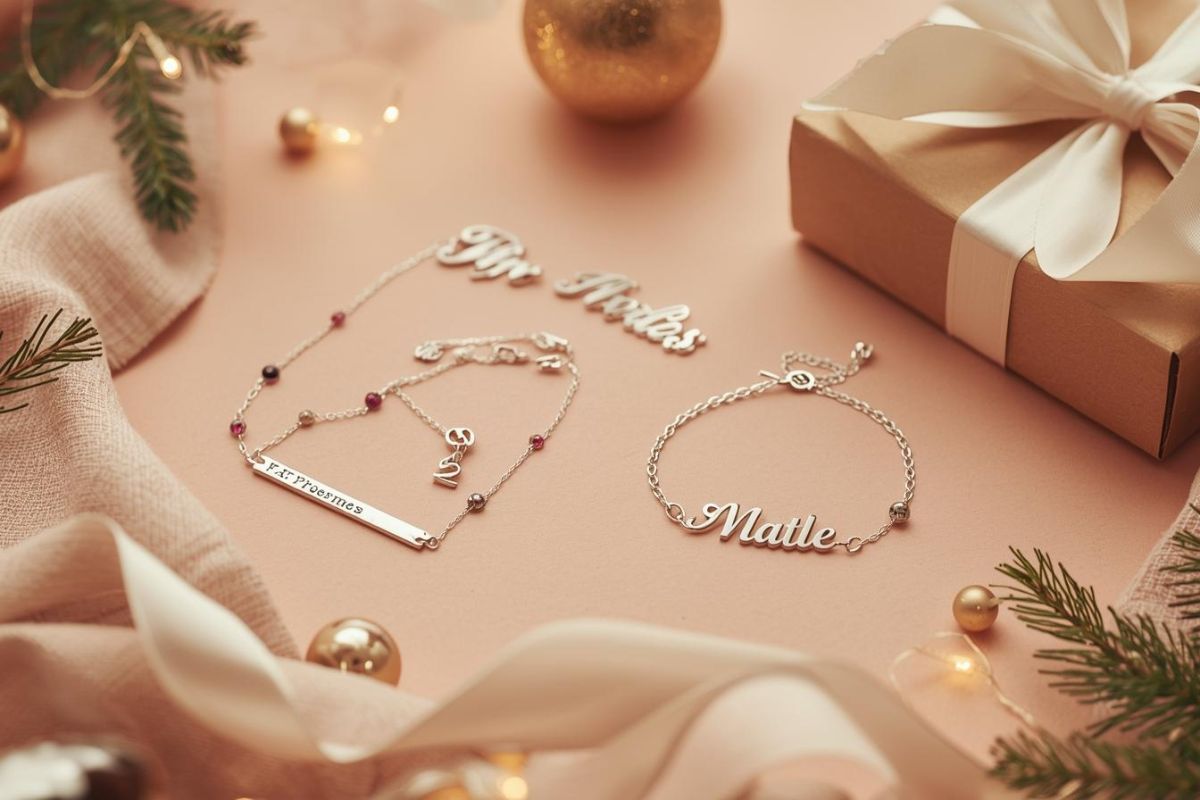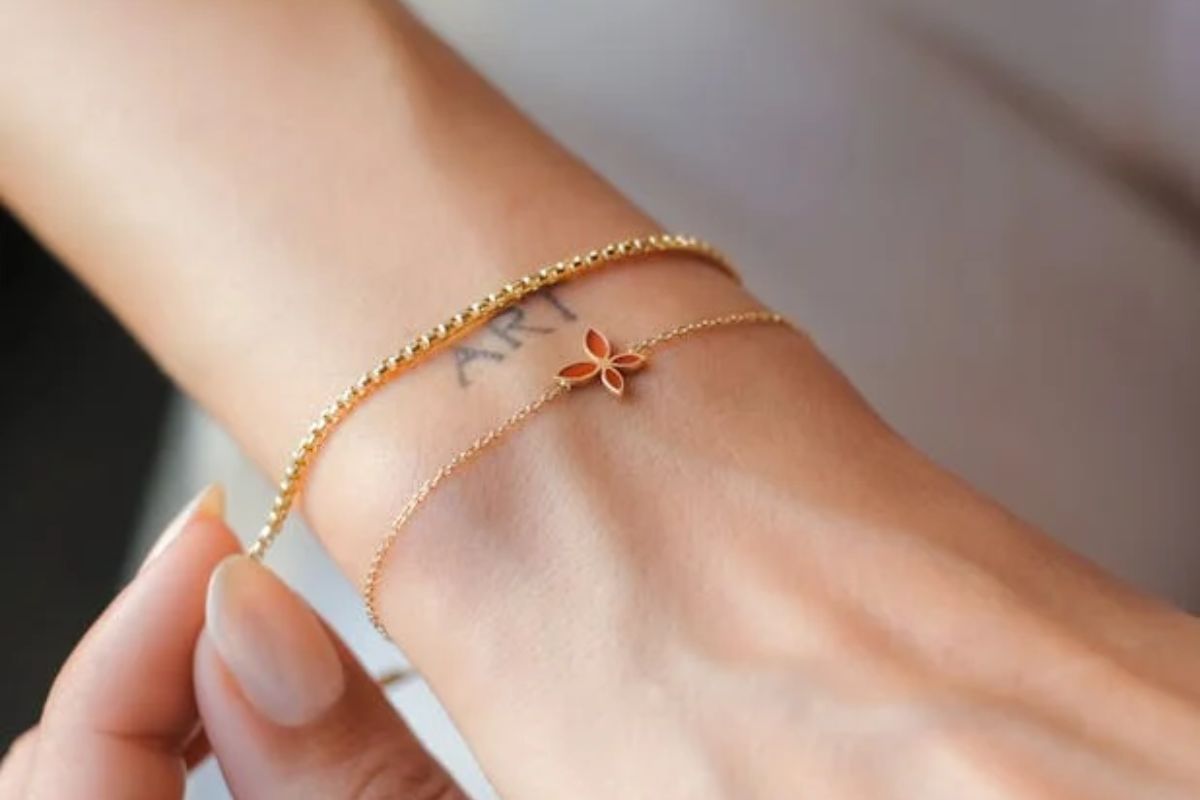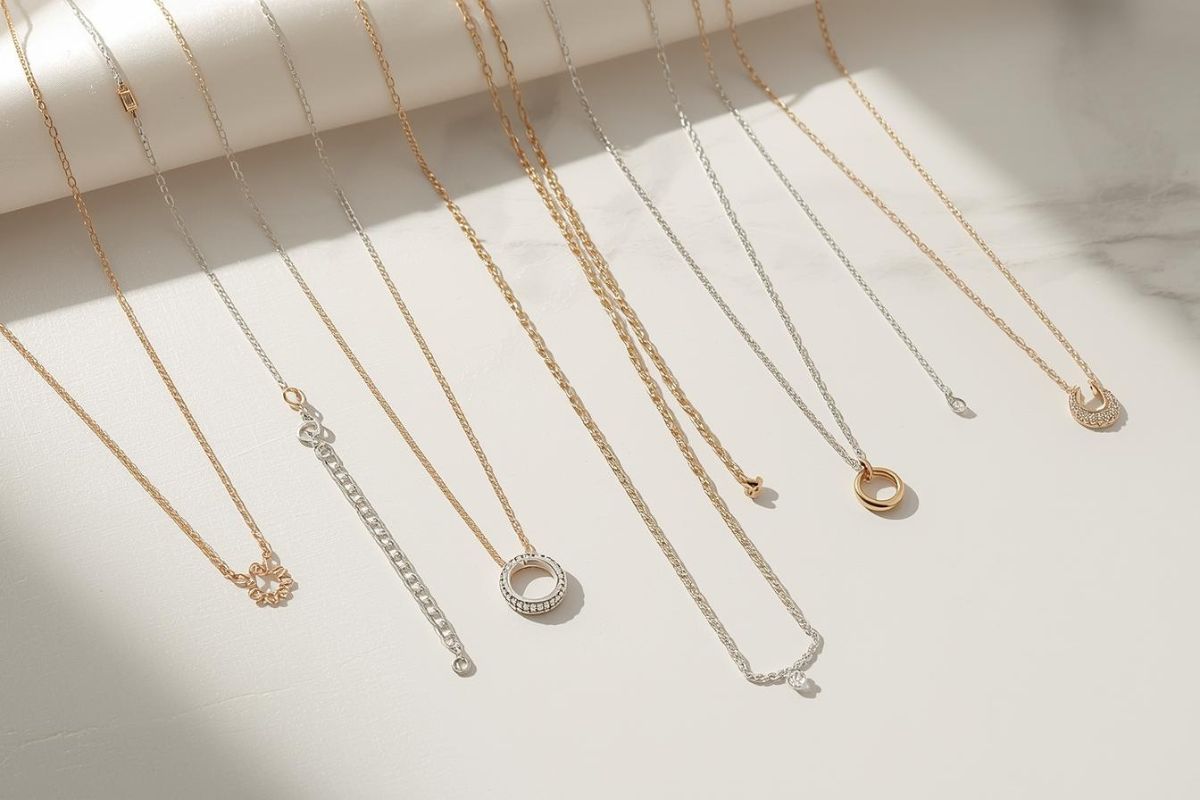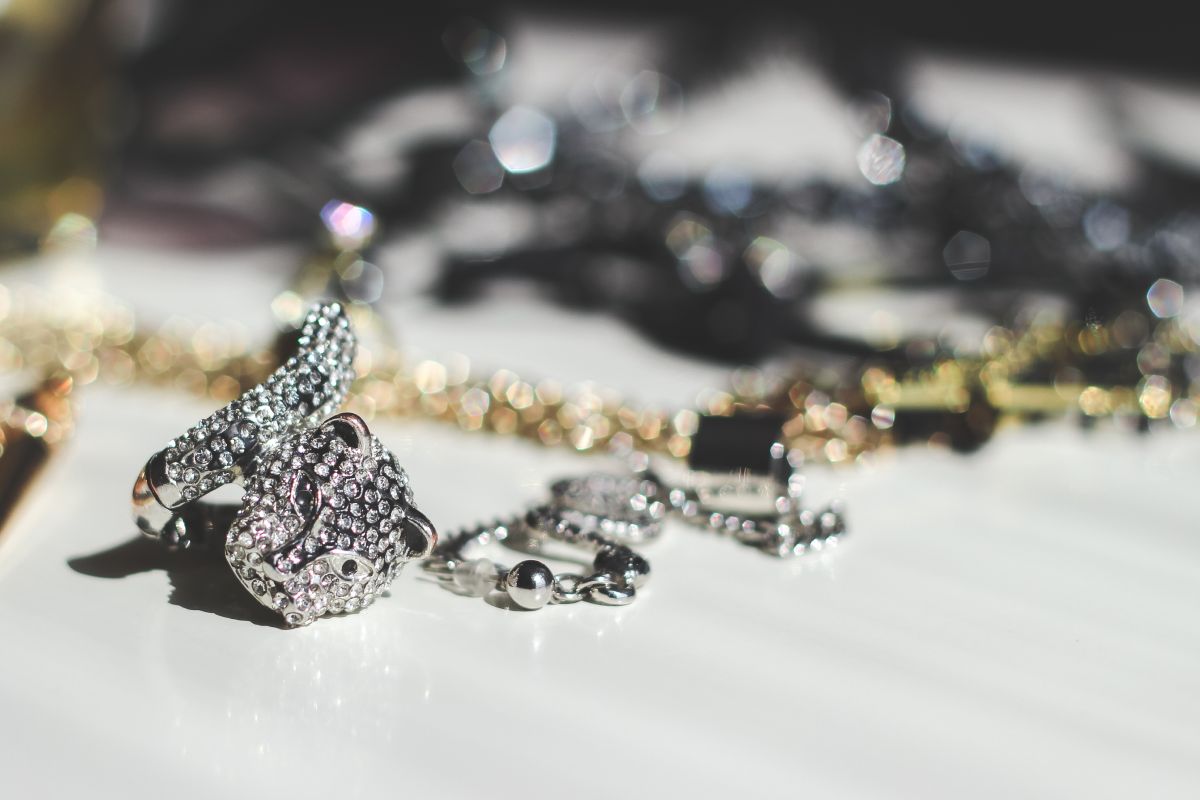
10 Tips on How to Take Care of Your Silver Jewellery
If you take good care of your silver, many of your favourite pieces can keep their shine for generations. Your silver jewellery will naturally tarnish over time because it is exposed to air, moisture, and chemicals that are used every day. If you've bought sterling silver necklaces, rings, or family heirlooms, you need to know how to clean and protect them so they look their best. These ten useful tips will help you keep your silver jewellery collection looking great and stop it from getting damaged for no reason.
The Science of Silver: Learning About Its Qualities
Silver is one of the most useful precious metals because it conducts heat and electricity very well. At the atomic level, silver's unique molecular structure gives it amazing properties, such as being naturally antimicrobial and very malleable. The metal's bright white shine makes it a great choice for jewellery, and its stability means it will stay beautiful for a long time.
The chemical reaction that makes silver tarnish
When sulphur and other chemicals in the air touch the surface of your silver jewellery, they react with it to make silver sulphide, which is the dark coating you see. This natural process speeds up when the air is humid or when your jewellery comes into contact with body chemicals, cosmetics, or household goods. The reaction mostly affects the outer layer, leaving the core metal alone.
- Tarnishing happens faster when the humidity is over 50%.
- Chlorinated water makes things oxidise quickly.
- Rubber and latex cause sulphur reactions.
- The tarnish layer keeps the silver underneath safe.
- Sterling vs. Pure Silver: What Are the Differences?
Sterling silver is an alloy made up of 92.5% pure silver and 7.5% other metals, usually copper. This makes it stronger and better for making jewellery. Pure silver is pretty, but it's too soft to wear every day. Each type has its own unique features and characteristics that affect how it should be cared for and how long it will last.
Properties of Silver Type
| Silver Type | Properties |
|---|---|
| Fine Silver (999) | 99.9% pure, extremely soft, bright white |
| Sterling (925) | 92.5% silver, durable, slightly warmer tone |
| Britannia (958) | 95.8% silver, softer than sterling, brighter |
| Coin Silver (900) | 90% silver, historical standard, yellowish |
| Silver Plate | Base metal with silver coating, affordable option |
People still like sterling silver the most for jewellery.
When you handle pure silver, you need to be extra careful. European markets prefer silver with a higher content.
The hallmark system makes sure that the silver content is real.
Daily Things You Can Do to Keep Your Silver Safe
Doing small things every day can make a big difference in keeping your silver jewellery looking nice. Taking off your jewellery before showering, swimming, or working out keeps it from coming into contact with harsh chemicals and water. When you're not wearing them, keep each piece in its own tarnish-resistant cloth bag or lined jewellery box. By making these things a part of your daily life, you can keep your silver jewellery shiny and make it last longer.
The Effects of Lotions, Oils, and Perfumes on the Body
The beauty products you use every day can hurt your silver jewellery. Before putting on your jewellery, put on lotions, perfumes, and body oils so that they can fully soak into your skin. These things have chemicals in them that speed up tarnishing and can leave a film on your silver. Putting your skin care first and your jewellery last in the morning routine creates a barrier between your silver and products that could be harmful.
Jewelry-Free Time: Setting Up Safe Areas
To keep your silver safe, mark certain activities and places as jewelry-free zones. Take off your jewellery before you go swimming, into a hot tub, or into the ocean. When you clean the house, garden, or do anything else that involves chemicals, take off your jewellery. In your mind, the kitchen sink, gym and beach should all be places where you don't wear jewellery.
Setting these limits helps keep people from accidentally coming into contact with harmful substances. Chlorinated pools can change the colour of silver in just a few minutes, and cleaning products around the house can hurt it for good. Put a small jewellery dish in places where you can easily reach it, like by the kitchen sink, in your bathroom, or near where you work out. This will make it easy to safely store your jewellery while you do these things. With practice, this methodical way of making jewelry-free zones becomes second nature.
Creative ways to store things for a long time
Storing your silver jewellery correctly is very important for keeping it shiny and preventing tarnish. Using smart storage solutions can help your precious items last longer and be ready to wear at any time.
Choosing the Right Place: Light and Humidity
Your silver jewellery does best in cool, dry places that aren't in direct sunlight. The best place to store it is where the humidity is between 30 and 50% and the temperature is between 18 and 22°C (65 and 72°F). Knowing the best conditions for storing your pieces can help keep them safe from these environmental factors:
- Exposure to direct sunlight speeds up tarnishing.
- Oxidation happens more quickly in high humidity
- Changes in temperature can put stress on metal.
- Pollutants in the air make things break down faster.
- The best materials for storing your collection are
Put each piece of silver in its own anti-tarnish cloth bag or jewellery box with a lining. Microfiber, felt, and other soft, tarnish-resistant materials can be used to make protective barriers against air and moisture. Don't use plastic containers because they can hold moisture and speed up tarnishing.
Sort your collection by how often you use it and what type it is. To keep necklaces, rings, and bracelets from getting tangled and scratched, give them their own spaces. Anti-tarnish strips in your storage containers soak up harmful substances and can keep your things clean for up to six months longer. For better protection, think about using hanging organisers for necklaces and separate slots for rings.
Cleaning and polishing techniques for routine maintenance
Cleaning your silver jewellery on a regular basis keeps it looking its best and stops tarnish from building up. A quick weekly wipe-down with a soft microfiber cloth gets rid of dirt and oils on the surface. A deeper cleaning once a month keeps the shine. The most important thing is to set up a consistent care routine that works with how often you wear the pieces. Pieces that are worn every day need more care than pieces that are only worn once in a while.
What to Use and What to Avoid When Cleaning Safel
Use a non-abrasive silver polishing cloth or a mild soap solution (1 part gentle dish soap to 4 parts warm water) to clean your silver. Use a cloth that doesn't leave lint to gently pat dry. Don't use harsh chemicals, ultrasonic cleaners, or commercial silver dips on fragile pieces because they can hurt them. Don't use toothpaste, baking soda, or other cleaning products that are rough and can scratch the surface.
When to Get Professional Help: Knowing When Repairs Are Needed
If you see that your silver jewellery has loose stones, bent clasps, broken chains, or deep scratches, you should take it to a professional jeweller. Every 12 to 18 months, you should have your jewellery professionally cleaned, especially if it has gemstones or detailed metalwork. Your jeweller can check the structure of your jewellery and fix any problems before they get worse.
A skilled jeweller has the right tools and knowledge to fix broken pieces without hurting their integrity. They can re-tip prongs that hold stones, fix broken chains using the right soldering methods, and bring back pieces that have become very tarnished through professional polishing methods. You shouldn't try to do complex repairs at home, like fixing pavé settings or rebuilding worn channels.
The Dos and Don'ts: Things to Stay Away From Not doing regular maintenance
When you let tarnish build up on your silver, it makes it harder to clean and could damage the metal over time. A lot of collectors put their jewellery in regular plastic bags or leave it out in the open, which speeds up oxidation. You need to clean your silver often. If you wait months between cleanings, you'll have to use harsher methods to make it shine again. Set aside time each week to look over your collection quickly so you can catch any signs of tarnish early and fix them right away.
The Dangers of Doing It Yourself: Cleaning Too Hard
If you clean your silver jewellery too harshly, it could get scratched or stripped for good. Do not use toothpaste, baking soda pastes, or rough cloths that make tiny scratches on the surface. These popular DIY fixes may seem to work at first, but over time they can damage your pieces more and more. Use only the right silver polishing cloths and jewellery cleaning solutions that are made just for precious metals.
Online cleaning methods that promise quick fixes may be tempting, but they often do more harm than good. Ammonia and bleach are two examples of harsh chemicals that can damage silver. Abrasive materials can also remove the protective patina that forms on silver naturally. If you scrub too hard, your gems and settings can also come loose. Professional jewellers say that 70% of the damaged silver items they get were damaged because someone tried to clean them themselves in the wrong way.
Last Words
Keeping your silver jewellery in perfect condition doesn't have to be hard if you think about this. You can greatly extend the life and beauty of your precious items by following these simple care tips. If you store your silver jewellery properly, clean it often, and wear it carefully, it will stay a beautiful example of your style for years to come. If you make these things a part of your daily life, you'll always have beautiful silver pieces that are ready to wear.
Q: How often do I need to clean my silver jewellery?
A: To keep your silver jewellery shiny, clean it every two to three weeks with a soft polishing cloth. Cleaning pieces that are worn every day gently after each use helps keep them in perfect condition and stops tarnish from building up.
Q: How should I store my silver jewellery?
A: Keep your silver items in separate plastic bags that are airtight or cloth pouches that won't tarnish. Store them in a cool, dry place where they won't get direct sunlight. Putting silica gel packets in your storage containers helps keep things dry and stops them from tarnishing.
Q: Is it okay to wear my silver jewellery while I swim or shower?
A: Don't wear silver jewellery in pools, hot tubs, or while you shower. Chemicals in personal care products, salt water, and chlorine can all change the colour of and hurt your silver jewellery. To keep your jewellery in good shape, take it off before doing these things.
Q: What things around the house can I use to clean silver jewellery that has lost its shine?
A: Use aluminium foil, baking soda, and warm water to make a cleaning solution. Put foil in a bowl, add one tablespoon of baking soda for every cup of warm water, and let your silver pieces soak for 2 to 3 minutes. Clean with clean water and dry with a soft cloth.
Q: What can I do to keep my silver jewellery from tarnishing quickly?
A: To protect the inside of rings and bracelets, put a thin coat of clear nail polish on them. Don't let perfumes, lotions, or cosmetics touch your silver jewellery. When you get dressed, put on your jewellery last to keep it from coming into contact with beauty products and chemicals.
